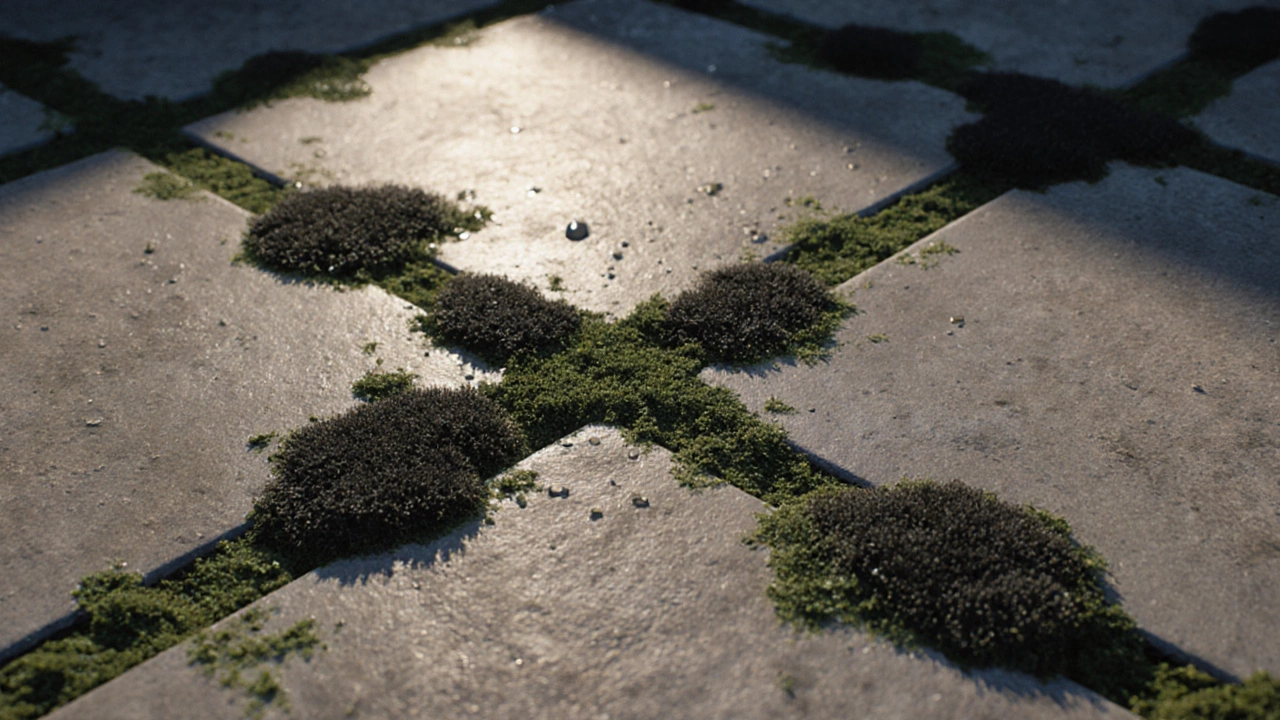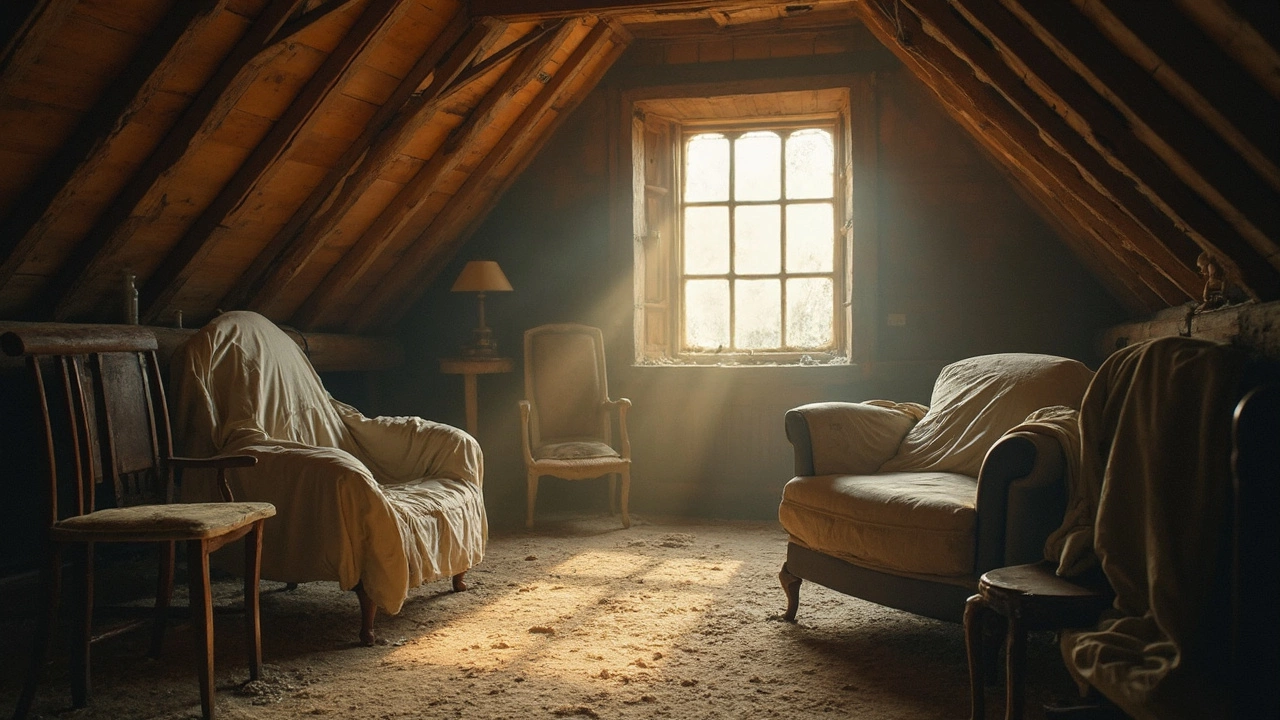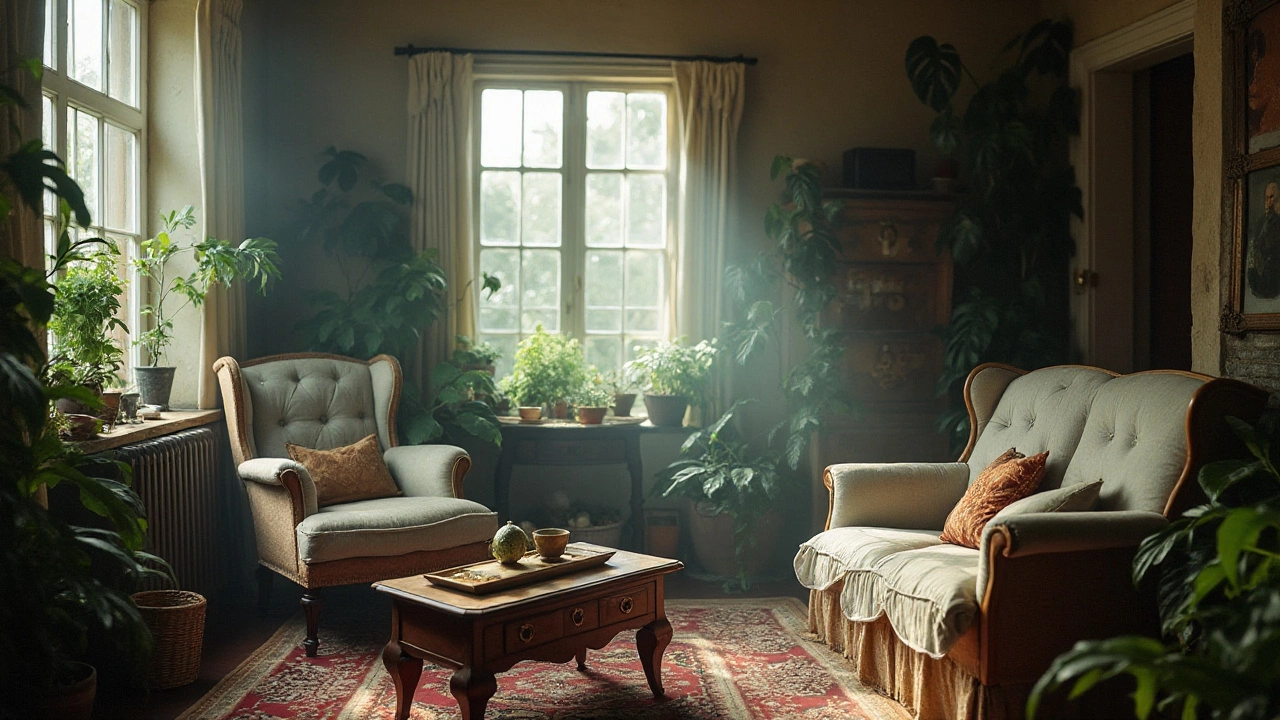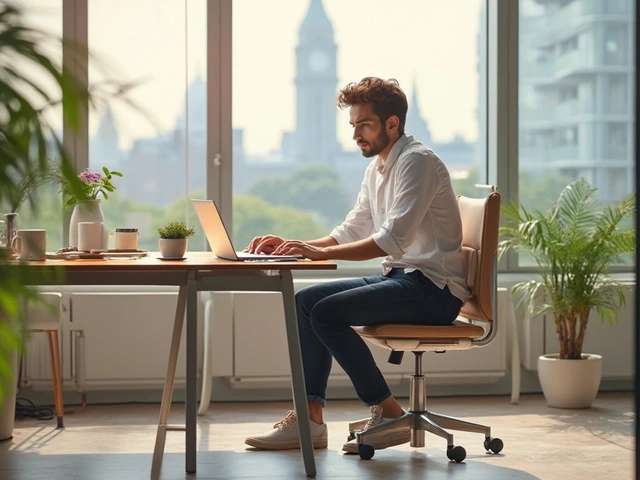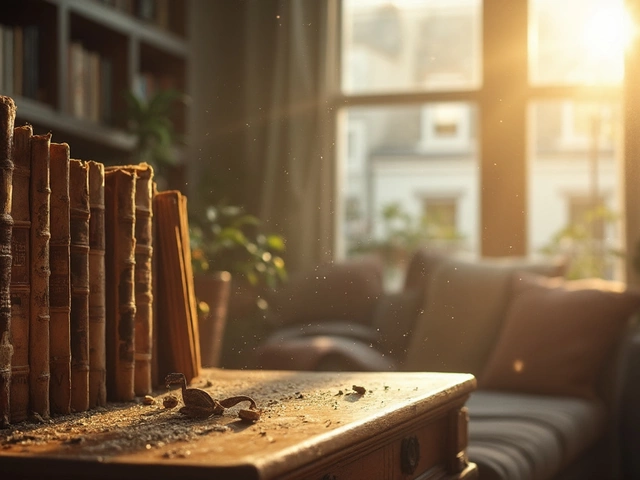Mold Prevention for Furniture: Simple Steps Anyone Can Follow
If you’ve ever opened a box and sniffed a musty smell, you know mold can ruin a good piece of furniture fast. The good news? You don’t need a lab to keep mold away. A few everyday habits are enough to protect sofas, desks, and wooden cabinets.
Control the Moisture
Moisture is mold’s favorite food, so keeping humidity low is the first line of defense. Aim for 40‑60% relative humidity inside your home. A cheap digital hygrometer tells you the exact level, and a portable dehumidifier can pull excess water out of the air during damp months.
When you store furniture in a garage or basement, use a breathable cover instead of a plastic sheet. Plastic traps steam, while a cotton sheet lets the piece breathe while still blocking dust.
Clean With the Right Products
Spots of mold on a couch or wooden table can be tackled with household items. Mix equal parts white vinegar and water, spray, let sit five minutes, then wipe with a clean cloth. For tougher growth, a solution of 1 teaspoon dish soap, 1 cup hydrogen peroxide, and a splash of tea tree oil works well.
Always test any cleaning mix on a hidden area first. You don’t want to bleach a beautiful fabric or strip a wood finish.
After cleaning, let the piece dry completely. Good airflow speeds up drying—open windows or run a fan for a few hours.
Smart Storage Tricks
If you need to keep furniture in a storage unit, choose a climate‑controlled facility. Temperature swings cause condensation, which invites mold. If a climate‑controlled unit isn’t an option, place silica gel packets or charcoal briquettes near the furniture to absorb moisture.
Elevate wooden items off the floor with pallets or furniture risers. Concrete floors can bleed moisture up, so a barrier helps keep the wood dry.
When packing sofas, remove any cushions and store them in zip‑lock bags with a small dryer sheet. This reduces the chance of mold developing inside the cushion foam.
Regularly check stored pieces. A quick visual inspection every month catches early growth before it spreads.
Prevent Mold in Everyday Use
Spills are inevitable, but act fast. Blot liquids with a dry towel, then sprinkle a little baking soda to draw out moisture. Let it sit 15 minutes, vacuum, and you’ve cut the mold recipe short.
Keep indoor plants away from furniture that sits near windows. Over‑watering can increase humidity locally, creating a perfect breeding ground for mold.
Lastly, let furniture breathe. Avoid pushing sofas against walls where air can’t circulate. A small gap lets fresh air move around the piece, drying out any hidden damp spots.
By watching humidity, cleaning with simple solutions, storing smartly, and giving furniture room to breathe, you’ll keep mold at bay without spending a fortune. Your furniture will stay fresh, and you’ll avoid the nasty smell and health risks that come with mold growth.
